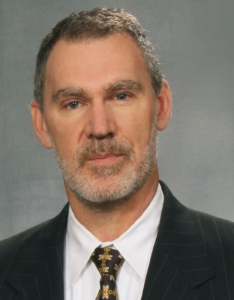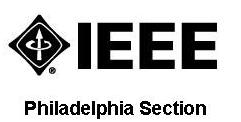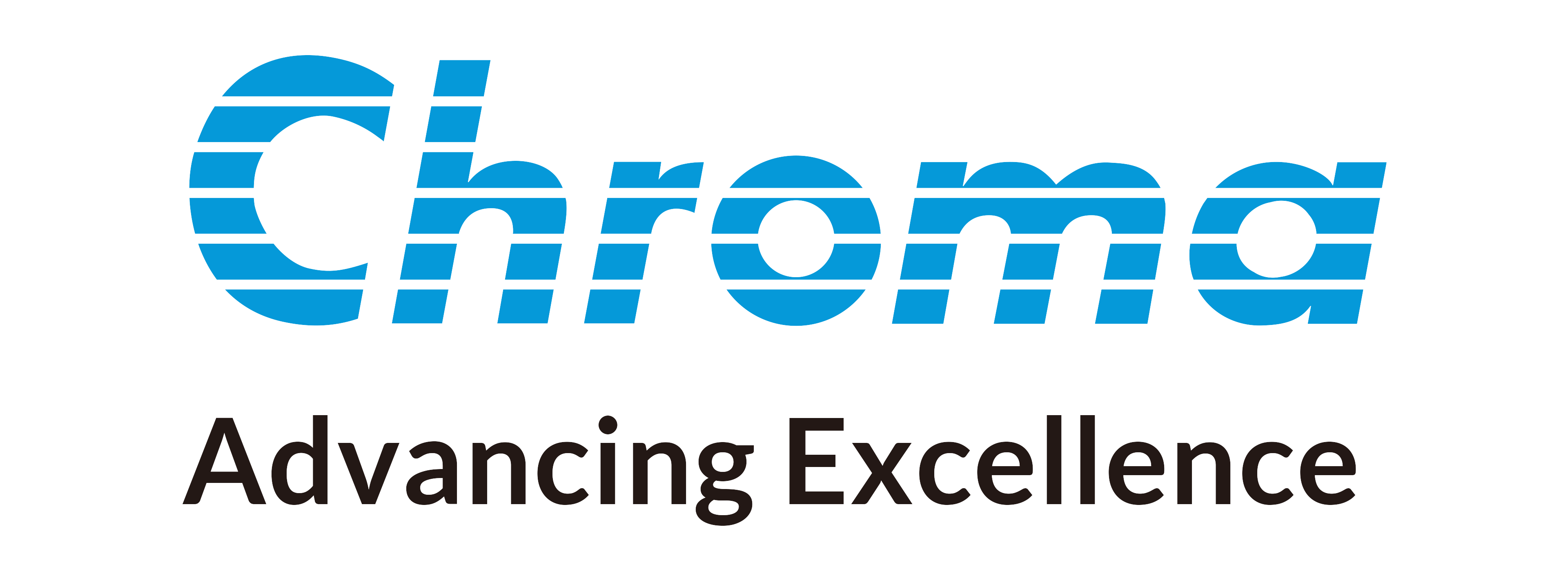Tuesday Plenary Keynote

Shankar Krishnamoorthy
General Manager, EDA Group & Corporate Staff at Synopsys Inc
Title: Test and Telemetry in the Age of Pervasive AI
Biography: Shankar Krishnamoorthy leads the Technology & Product Development Group (TPG), which is responsible for researching, creating, and delivering innovative, scalable, high-quality products and platforms for Synopsys across design, verification, signoff, test, silicon lifecycle management (SLM), TCAD, manufacturing domains for digital, analog, and mixed-signal designs, hardware-assisted verification, and systems software.
Shankar received his M.S. in Computer Science from the University of Texas, Austin, and his bachelor’s degree in Computer Science from the Indian Institute of Technology, Bombay.
Abstract: The proliferation of silicon content in the age of pervasive AI means that test and telemetry is more important than ever in the development of software-defined systems. This silicon to systems approach is also driving multi-die innovation to solve the challenges around scaling and complexity as well as safety and reliability. In this keynote Shankar will also share his thoughts on the future of semiconductor test and discuss how AI will continue to shape and streamline Synopsys’ innovative test and telemetry solutions over the next decade.
Video of Plenary and opening keynote
Tuesday Visionary Talk
 Sriram Sankar
Sriram Sankar
Director, Infrastructure at Meta
Title: Herding Llamas: Testing for AI at Hyperscale
Biography: Sriram Sankar is a Director of Engineering at Meta, where he leads teams that are responsible for the entire lifecycle of Meta’s AI Silicon at Scale. Previously, Sriram led teams that are responsible for the Hardware Health and Availability of the Global Compute/Storage/AI server fleet at Meta.
Abstract: The talk will share insights from Meta’s experience in a hyperscale environment, highlighting the testing methodologies used in production. The talk will cover work on Silent Data Corruptions, and the efforts made to detect and remediate this issue at scale. This work from Meta has been featured in numerous media articles and has shifted industry perspectives on Silent Data Corruptions.
Tuesday Special Event (1:30 PM)
Fireside chat on Allyship and DEI

Ruth Cotter
Sr Vice President, Marketing, Communications and HR, AMD
Biography: Ruth Cotter is senior vice president at AMD where she oversees Marketing, Communications and Human Resources. In her role, Cotter is responsible for unifying and aligning the AMD brand and people for success. With more than 25 years of experience, Cotter’s leadership has been instrumental in helping the company scale during hypergrowth and is guided by thoughtful policy and planning.
Cotter also successfully led the AMD Integration Planning Office following the company’s acquisition of Xilinx in 2022. Since 2020, she’s led a multi-disciplinary COVID-19 team, ensuring employee safety and support for AMD employees. This team also drives the strategy and execution for transitioning employees back to the office while continuing to support workplace flexibility and employee wellbeing.
Cotter is Executive Sponsor of the AMD PRIDE and Women’s Forum Employee Resource Groups. She serves on the Global Semiconductor Alliance (GSA) Women’s Leadership Council where she is active in initiatives that provide inspiration and sponsorship for the next generation of women leaders. She was honored as the Irish Technology Leadership Group (ITLG) 2023 Distinguished Leader and was named a 2023 Top 100 HR and Communication Professionals by National Diversity Council.

Nitza Basoco
Technology and Market Strategist, Teradyne
Biography: Nitza Basoco is the Technology and Market Strategist in the Semiconductor Test Division at Teradyne, focusing on start-ups, emerging companies and hyperscalers. With over 23 years of experience in the semiconductor industry, Nitza is a proven leader with deep technical expertise in bringing emerging technologies to market.
Nitza holds a Master of Engineering and a Bachelor of Science degree from MIT and an Executive Master of Business Administration (EMBA) from Quantic School of Business and Technology. She is an active volunteer with the Global Semiconductor Alliance Women’s Leadership Initiative (GSA WLI), a mentor in the GSA Women in Hardware program (WHM) and on the National Academy Foundation (NAF) Advisory Board of the Compton Unified School District.
Wednesday Keynote
 Steve Hesley
Steve Hesley
Corporate Vice President at AMD
Title: The Future of Computing Depends on You
Biography: Steve is a Corporate Vice President at AMD whose focus is on scalable, quality systems. Steve has 30+ years of experience in design and product engineering.
Abstract: Computing is expanding at an incredible rate and permeating ever more aspects of everyday life. There are multiple challenges to this expansion that must be addressed to maintain the public trust through this expansion. Innovation and collaboration are needed in Design for Test (DFT) and Reliability, Availability, and Serviceability (RAS). Steve will share examples from AMD while leading a cross functional team addressing these issues. He will share a vision for the DFT and RAS community to approach these challenges.
Thursday Keynote
 Mike Slessor
Mike Slessor
Chief Executive Officer at FormFactor Inc.
Title: From the Shadows to the Spotlight – Probe’s Role in Enabling Electronics Industry Innovation
Biography: Mike Slessor has served as the President and Chief Executive Officer of FormFactor since 2014, and as a director since 2013. Mike served as President from 2013 to 2014, and as Senior Vice President and General Manager, MicroProbe Product Group from 2012 to 2013.
Abstract: Once thought of as a relatively simple test insertion, probe today is anything but simple. Increasing performance and capability has been driven by probe’s ascent to a key enabler for economically-viable semiconductor manufacturing at the leading edge, especially for advanced-packaging architectures that rely on 2.5-D and 3-D stacking of chiplets. We will explore the factors driving increased performance and capability in probe applications from high-bandwidth-memory DRAM, through high-performance-compute xPUs, to even co-packaged electro-optical silicon photonics.



